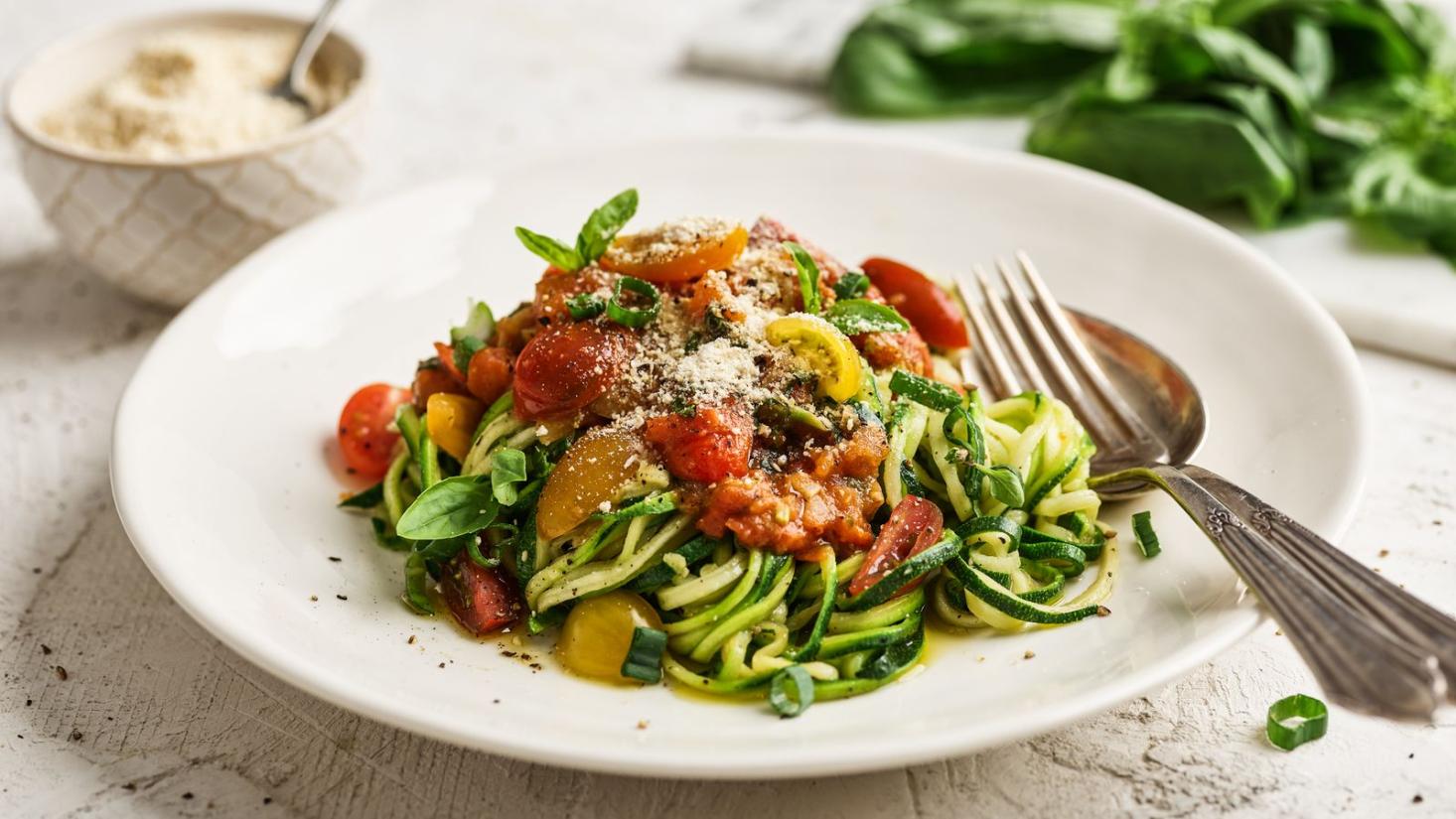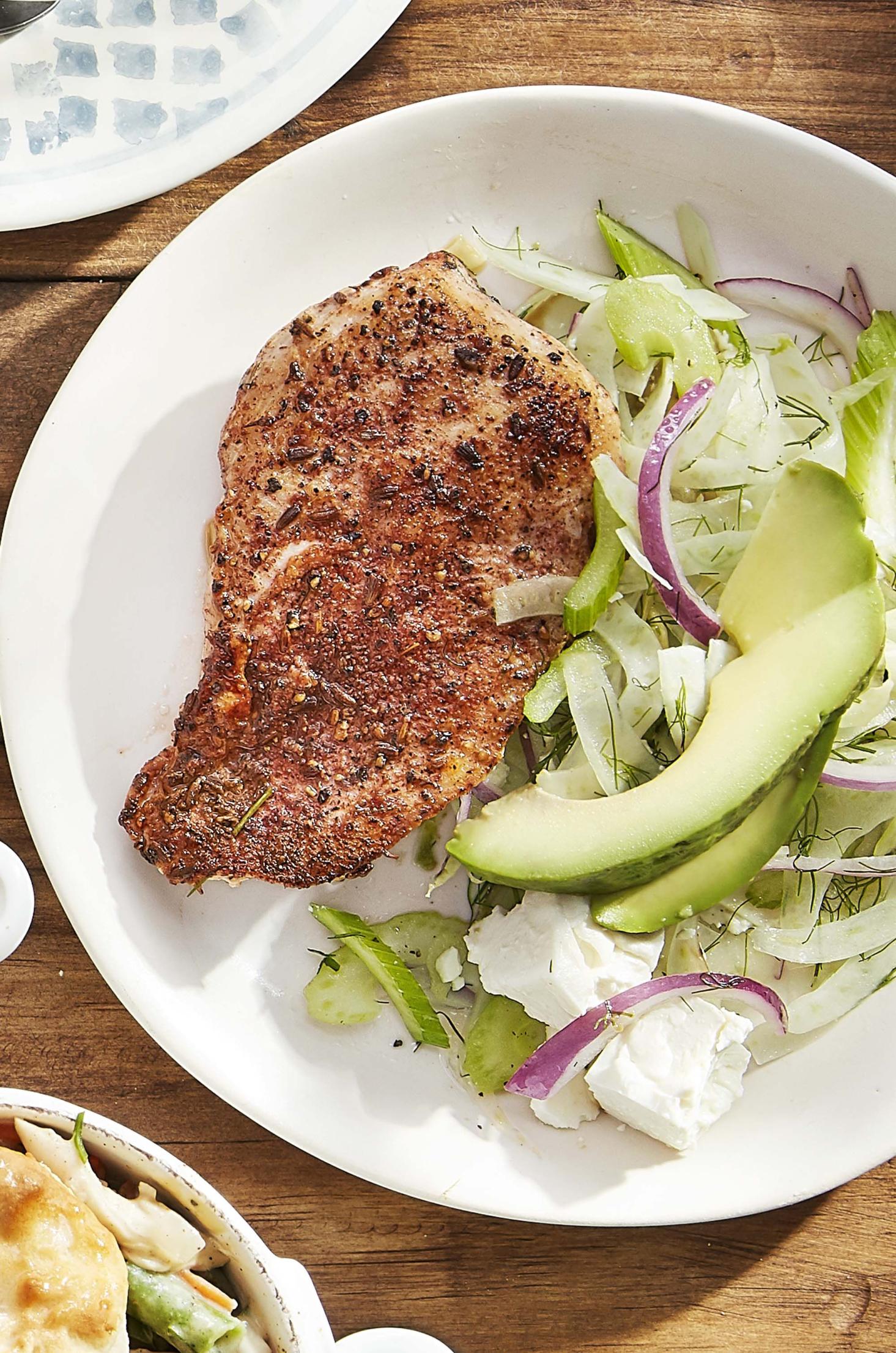How Do I Make Low-Carb Pizza Crust That Doesn't Taste Like Cardboard?
In the realm of healthy eating, low-carb pizza crust has emerged as a game-changer, allowing individuals to indulge in their favorite comfort food without compromising their dietary goals. However, creating a low-carb pizza crust that doesn't resemble cardboard in taste and texture can be a daunting task. This comprehensive guide will unveil the secrets to crafting a delicious and satisfying low-carb pizza crust that will elevate your culinary adventures.

Choosing The Right Ingredients:
- Almond Flour: This nutrient-rich flour, derived from finely ground almonds, serves as an excellent base for low-carb pizza crust. It's packed with healthy fats, fiber, and protein, contributing to a satisfying and nutritious meal.
- Coconut Flour: Known for its high fiber content, coconut flour lends a chewy texture to the crust. Its ability to absorb moisture makes it an ideal ingredient for creating a crispy yet tender crust.
- Psyllium Husk: This natural thickener plays a crucial role in binding the ingredients together, resulting in a cohesive and chewy crust. Its soluble fiber content also promotes gut health.
- Eggs: Eggs provide structure and richness to the crust. Their binding properties help hold the ingredients together, while their fat content adds flavor and moisture.
- Cheese: Opt for low-carb cheese options, such as mozzarella, cheddar, or Parmesan, to enhance the overall flavor of the pizza. These cheeses melt beautifully, creating a gooey and satisfying topping.
Preparing The Dough:
Step 1: Mixing the Dry Ingredients
- In a large bowl, combine almond flour, coconut flour, psyllium husk, and salt.
- Whisk or stir thoroughly to ensure even distribution of the ingredients.
Step 2: Adding the Wet Ingredients
- In a separate bowl, whisk together eggs, olive oil, and water.
- Gradually add the wet ingredients to the dry ingredients, mixing until a smooth dough forms.

Tips for Achieving the Right Consistency
- The dough should be moist but not sticky.
- If the dough is too dry, add a little more water.
- If the dough is too sticky, add a little more almond flour.
Shaping And Baking The Crust:
Step 1: Preheating the Oven
- Preheat the oven to a high temperature, typically around 450°F (230°C), to ensure a crispy crust.

Step 2: Rolling Out the Dough
- Place the dough between two sheets of parchment paper.
- Use a rolling pin to roll out the dough evenly and thinly, aiming for a thickness of about 1/4 inch (0.6 cm).
Step 3: Transferring the Dough to a Baking Sheet
- Carefully peel off the top sheet of parchment paper.
- Transfer the dough, with the remaining parchment paper attached, to a baking sheet.
Step 4: Baking the Crust
- Bake the crust for 10-12 minutes, or until the edges are golden brown and the center is set.
Step 5: Checking for Doneness
- Insert a toothpick into the center of the crust. If it comes out clean, the crust is done.
Topping And Enjoying The Pizza:
Step 1: Choosing Low-Carb Toppings
- Select low-carb vegetables, such as bell peppers, mushrooms, onions, and spinach, for a healthy and flavorful topping.
- Opt for lean protein sources, such as grilled chicken, turkey, or shrimp, to add a satisfying protein boost.
- Choose low-carb cheese options, such as mozzarella, cheddar, or Parmesan, to enhance the overall flavor of the pizza.
Step 2: Assembling the Pizza
- Spread a thin layer of tomato sauce or pesto over the baked crust.
- Arrange the toppings evenly over the sauce.
- Sprinkle with additional cheese, if desired.
Step 3: Baking the Pizza
- Bake the pizza for an additional 5-7 minutes, or until the cheese is melted and bubbly.
Step 4: Serving and Enjoying the Pizza
- Remove the pizza from the oven and let it cool for a few minutes before slicing.
- Garnish with fresh herbs, such as basil or oregano, for added flavor.
- Serve the pizza hot and enjoy!
Creating a low-carb pizza crust that tastes delicious and satisfying is an achievable goal with the right ingredients and techniques. By following the steps outlined in this guide, you can craft a crust that is crispy on the outside and tender on the inside, without sacrificing flavor. Experiment with different toppings and flavors to create your own unique low-carb pizza creations that will satisfy your cravings without compromising your health goals.
YesNo

Leave a Reply